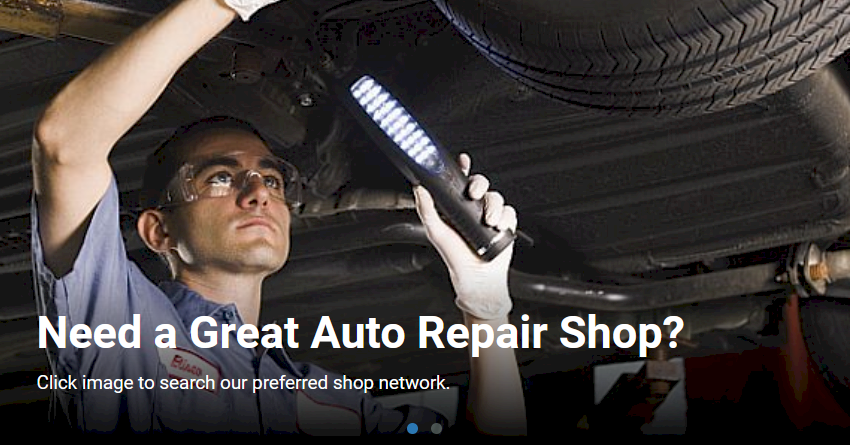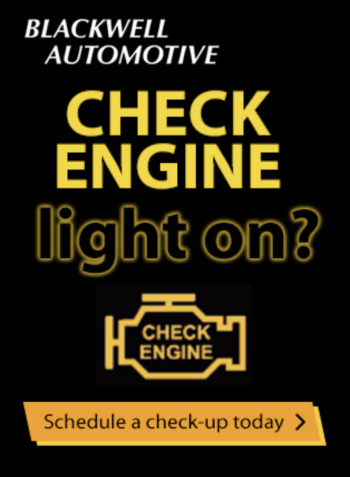- Are A/C component mounting bolts in place and tightly secured?
- Are caps installed on the A/C system service ports? This keeps out dirt, and also provides a seal for refrigerant.
- With the engine running, does the compressor clutch engage when the A/C is switched on? If it doesn’t, this usually indicates a low (or empty) refrigerant condition, or an electrical problem. Also, listen for rapid clicking or cycling noises at the compressor when the A/C is switched on. If this is happening, it could also indicate low refrigerant or some other problems. Have it checked by your service technician. (Note: Some A/C systems prevent compressor clutch engagement in low temperatures, typically at or below 40° F.)
- With the engine running and the A/C switched off, listen for knocking or rumbling sounds in the vicinity of the compressor. These could indicate a failing compressor clutch, and/or loose mounting hardware.
- Check all belts for cracks, wear, and glazing. Have them replaced at the first sign of any of these conditions. Also, check for belts that vibrate while the engine is running and the A/C is on. This may indicate a belt that needs to be tightened, or a defective automatic belt tensioner.
- Examine all A/C and cooling system hoses for cuts, abrasion, weak spots, and signs of leakage. Leakage from A/C system hoses is often indicated by an accumulation of dirt and oil, particularly at connections and fittings.
- Make sure the condenser (in front of the radiator) is free of any obstructions, such as leaves or insects. This could reduce airflow, resulting in reduced A/C performance. You can rinse the condenser clean with a garden hose.

























